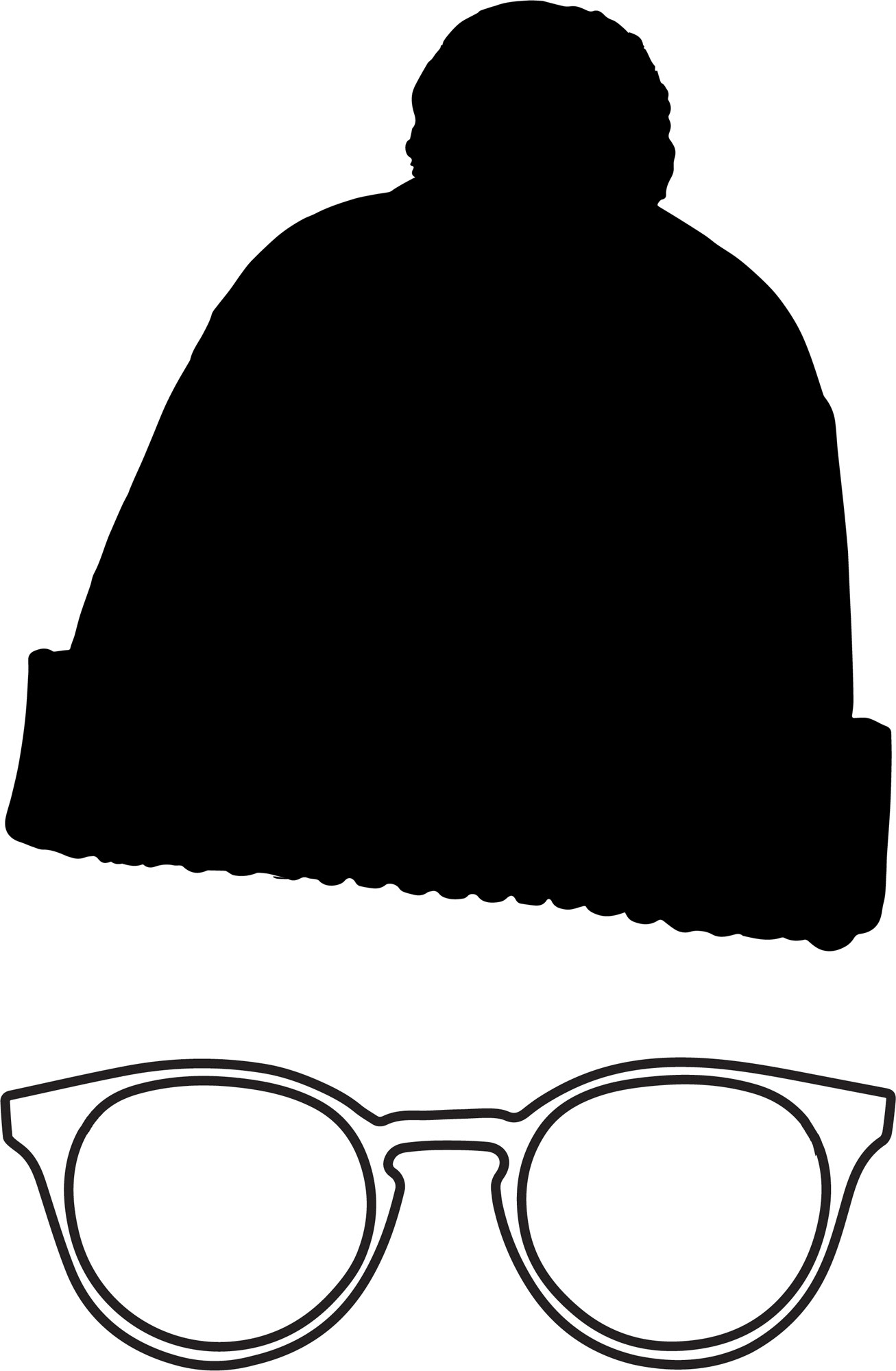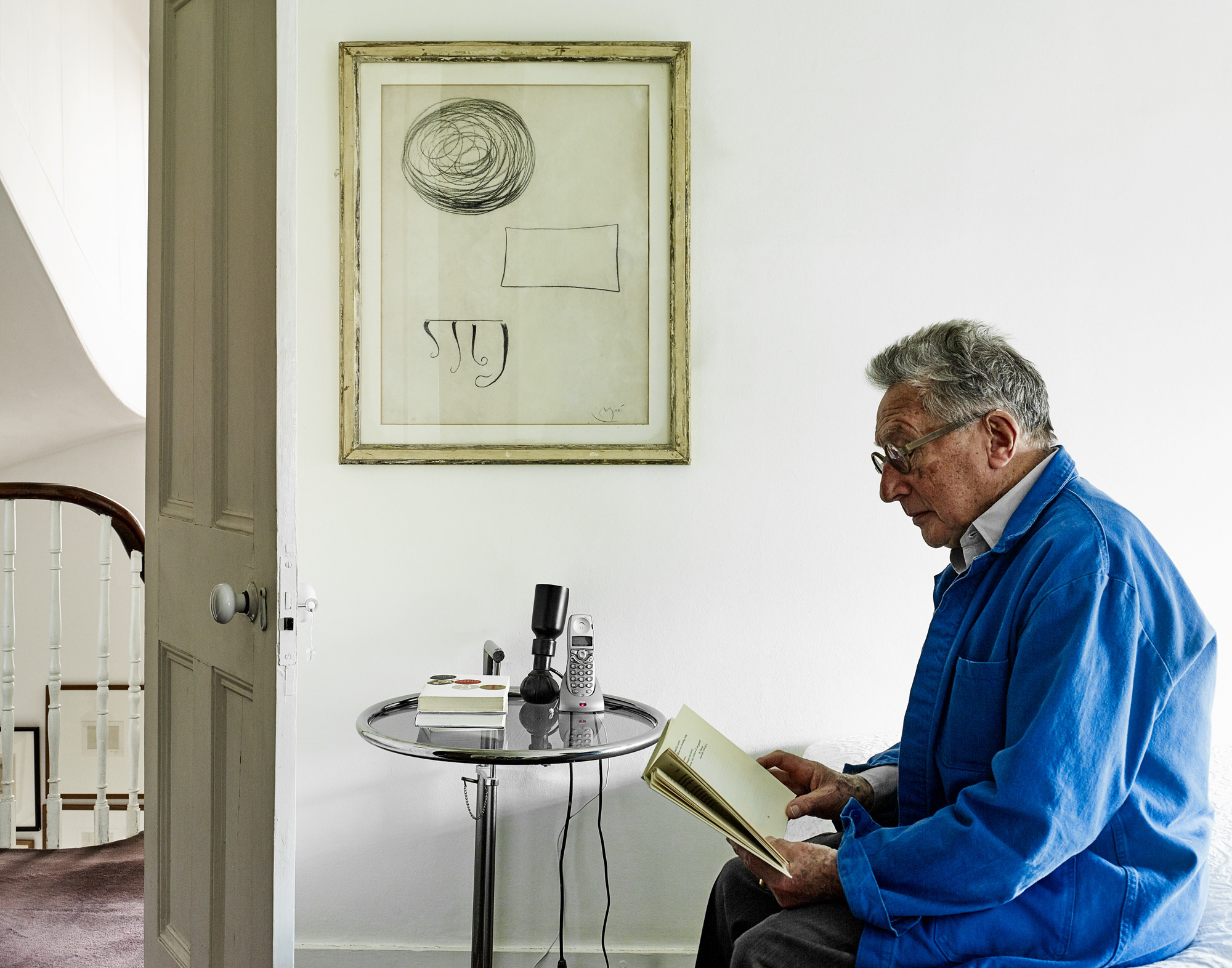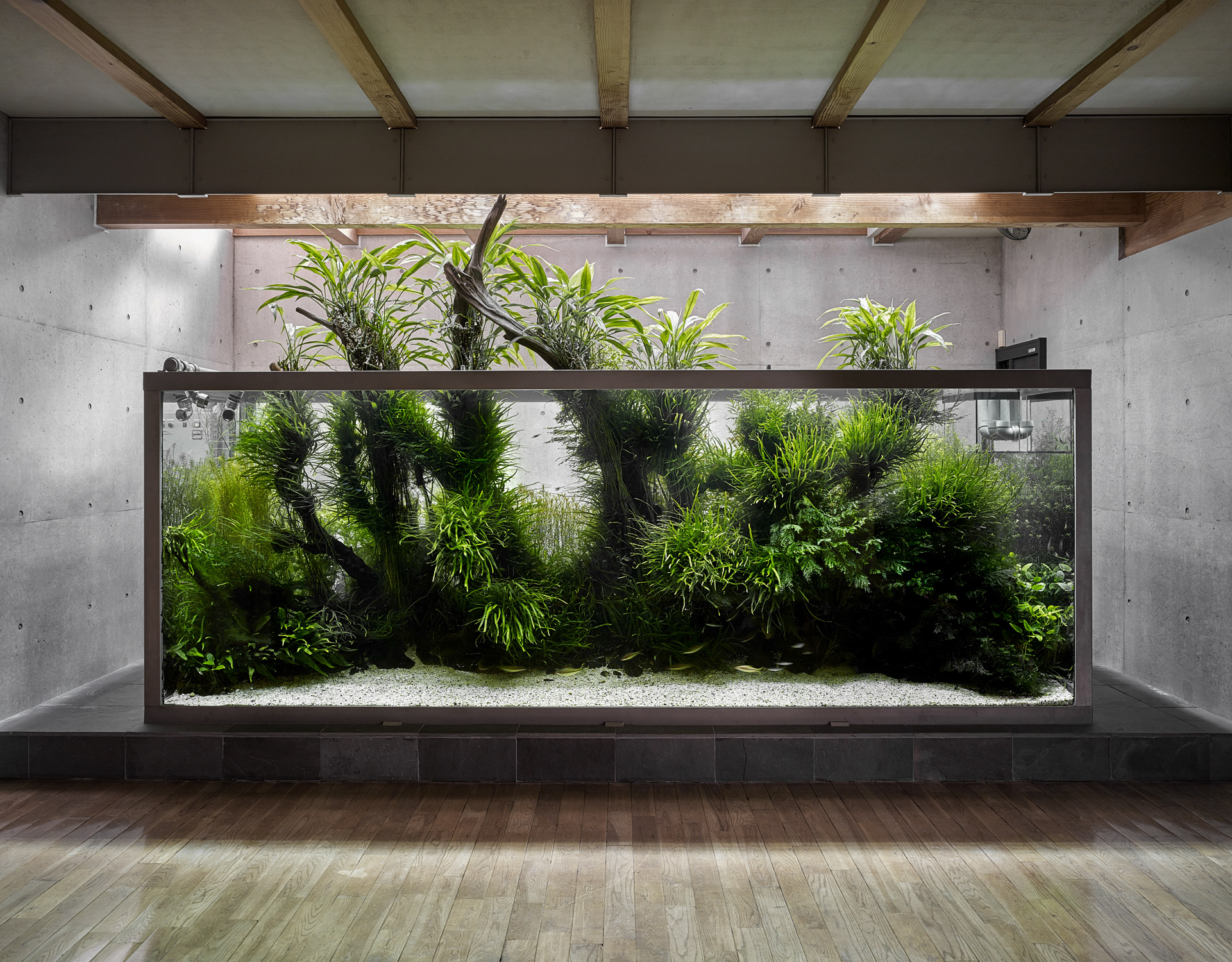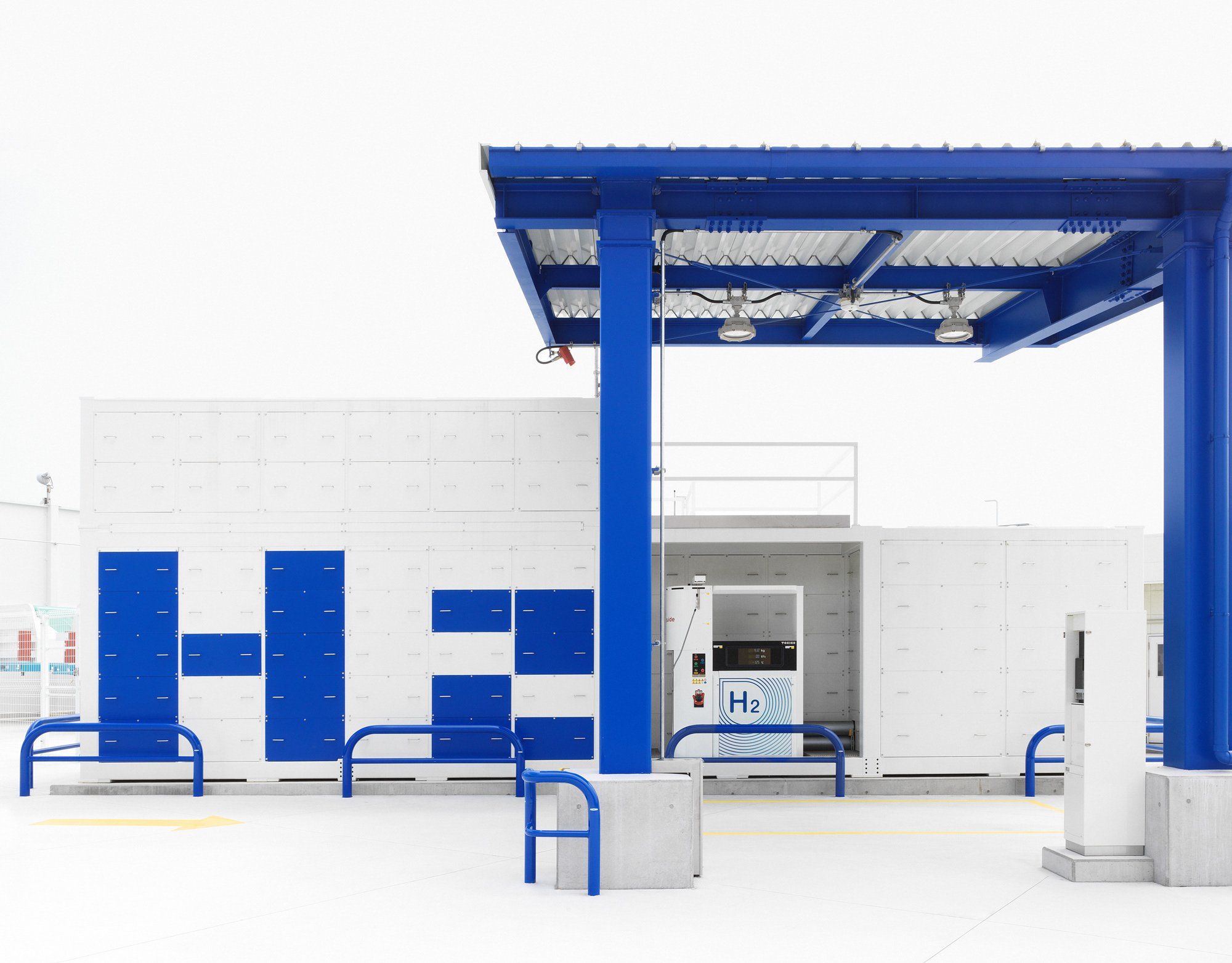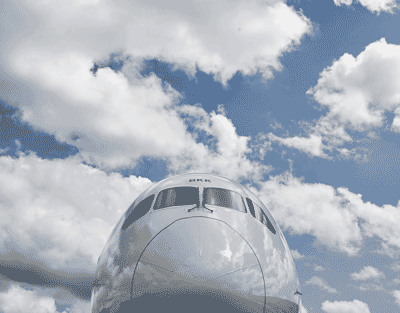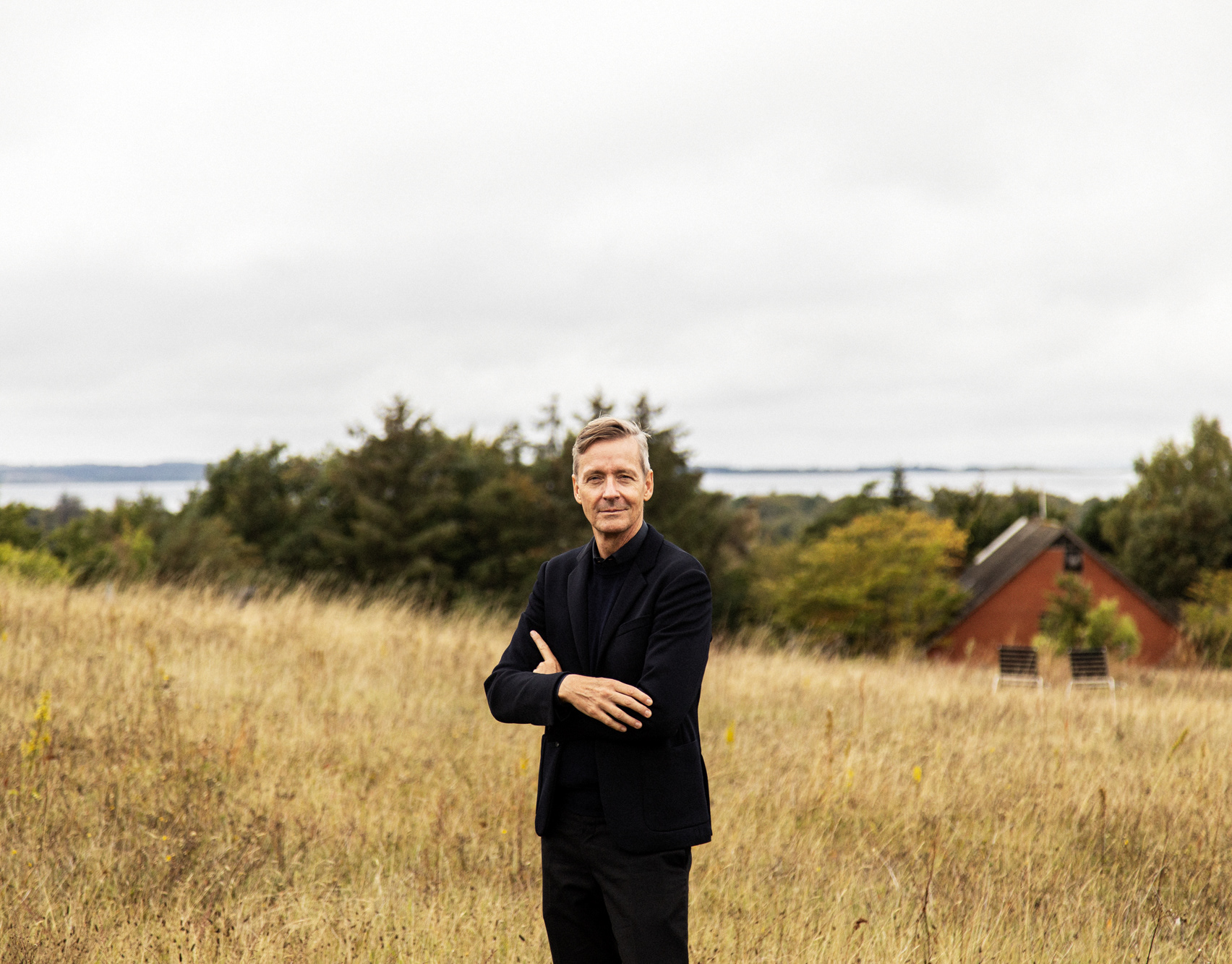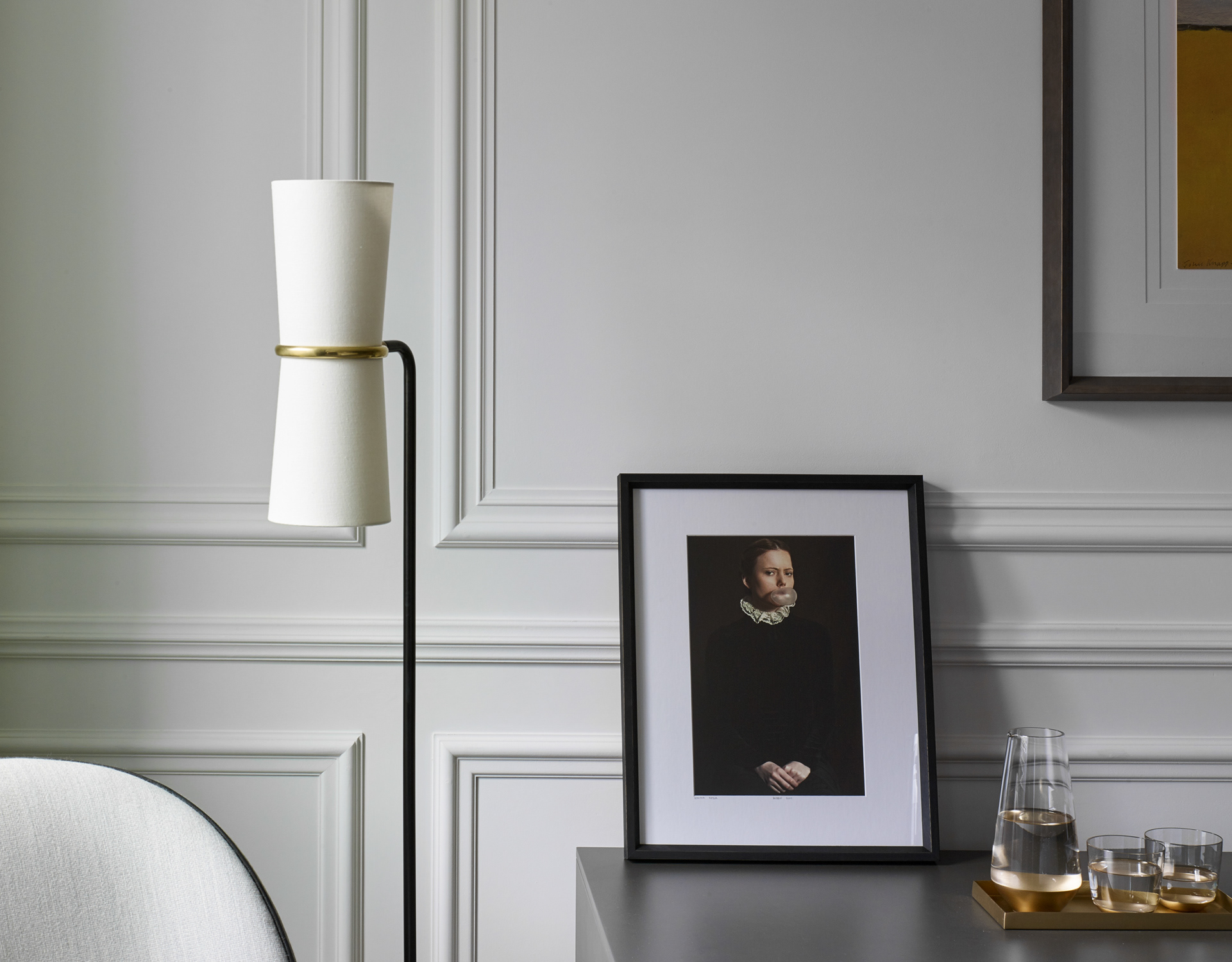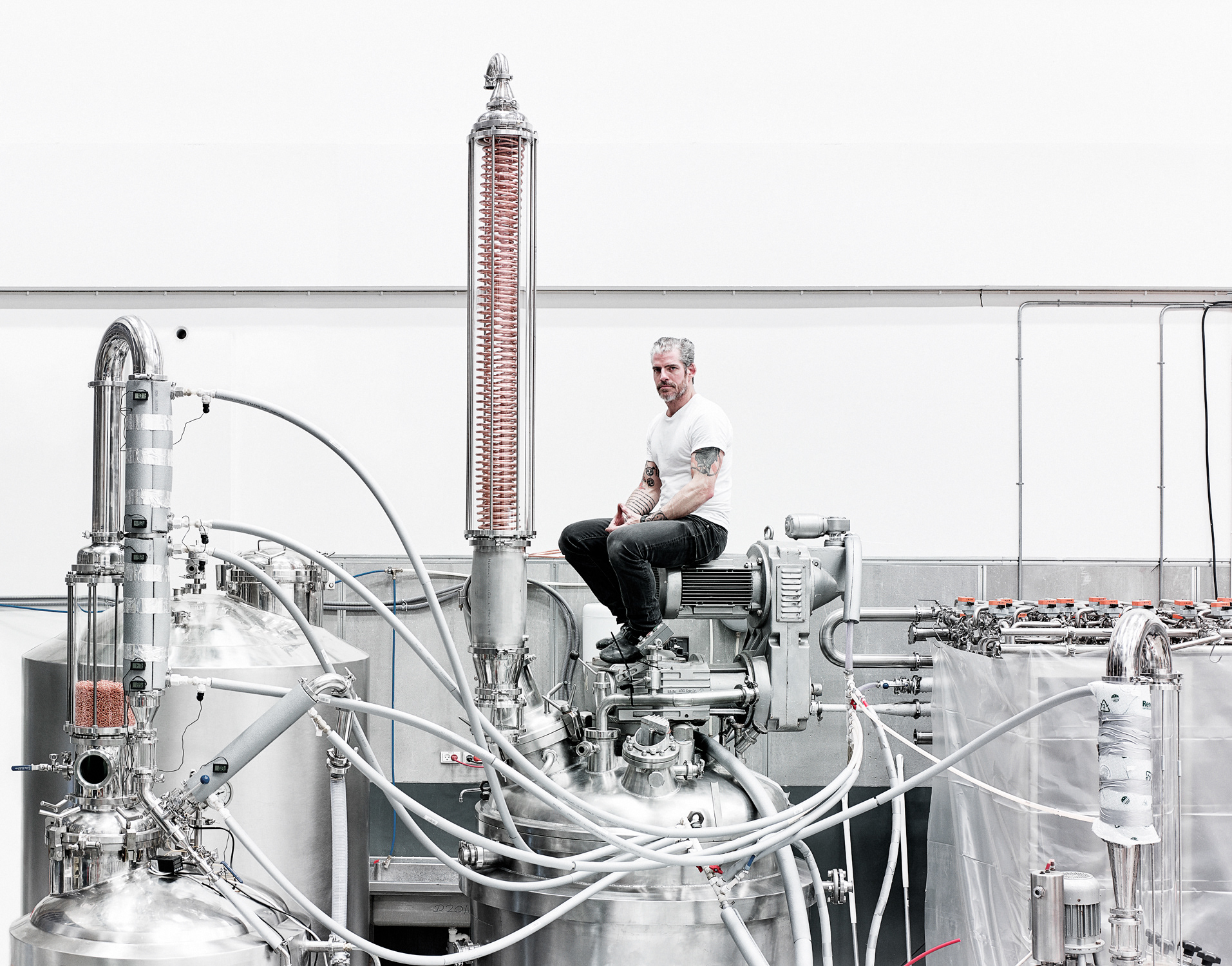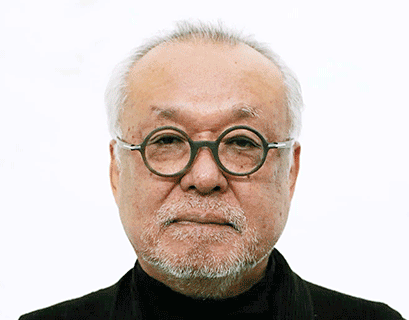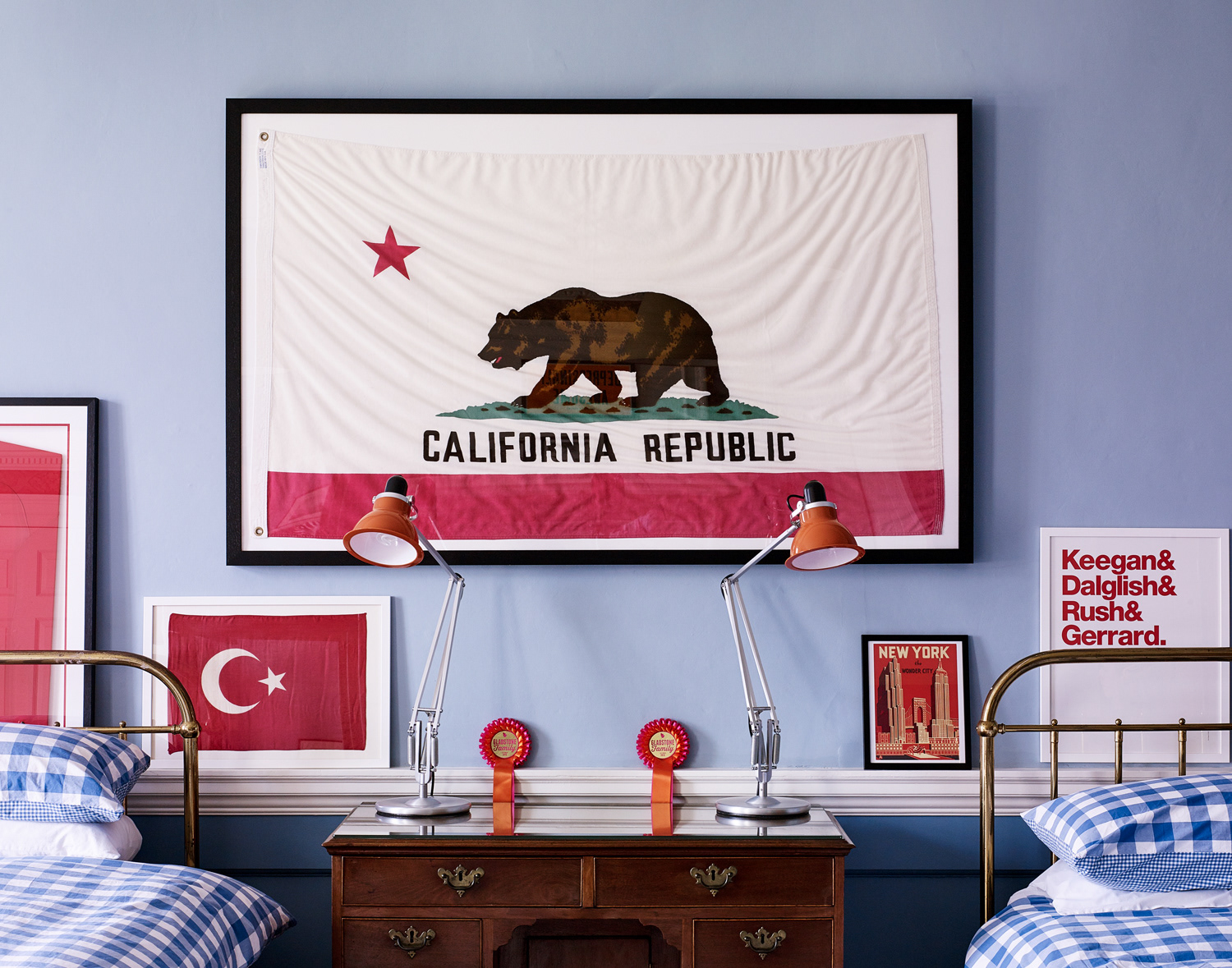Please tell us about your carrer. When and how did you meet photography?
Funny story, my dad and I didn’t know until about 4 years ago that my grandfather at one point in his life was a photographer.
He was born in the beginning of the 1900. The story is that in his late 20s he cycled around the countryside with a glass-plate camera and took portraits of local farmers and workers.
I grew up in the Swedish countryside, about 2h drive from where Hasselblad HQ is located.
When I was 11 years old, my father gave me his old SLR. He bought Tri-X, and we drove off to Norway.
I took images of the mountains, since I had never seen such beautiful views before, it was quite different from our village which was surrounded by big flat fields and a lot of cows. When we came back home, he taught me how to develop the negatives, and we started making prints. I still have that camera.
Soon after, I did the unthinkable, I turned their sauna into my darkroom.
From that point on photography was a big part of my life, and sauna was gone from my parent’s life. However, I was never the kid who always had a camera around my neck, rather I had periods where I photographed a lot, and then had a lot of rolls waiting to be developed.
In the end of the 90s I started to travel, and made an 8-month journey through India, Nepal, Indonesia, Thailand, and China. I was drawn to the life in the streets, the architecture, and the landscape. This was pivotal for me to pursue photography as more than just a hobby, but, I did not know how to make the change; how do you become a “Photographer”?
I had read about a school in New York, ICP (International Center of Photography), in a Swedish photo magazine. They interviewed a Swedish student who had studied there. She spoke about what the program was like, and how the life in New York was. I felt this could be the school for me.
As it turned out she lived not too far from me.
In hindsight, I almost sound like a stalker, but I had a look in the local phone book, and she was listed, so I called her up.
She was happy to help me create my portfolio, how to write the CV and the application itself. I’m very grateful to her help.
I wasn’t living with my parents, and didn’t have access to a darkroom, so I bought a negative scanner and a printer to create my portfolio. I had no idea what I was doing, but after countless failed prints I had my portfolio ready.
I sent it to ICP without too much hope.
During the same time as I applied to ICP, I also decided to do a personal documentary project about the situation in Myanmar. This was the first real step away from photography as a hobby, and to try to convey a message to the viewer about a topic I found important.
Again, I did not know how to do it, but felt I had to do this journey no matter what.
I got in contact with an organization that was connected to people in Thailand and Myanmar, and where helping refugees coming to Thailand from Myanmar.
To this day it is the most frightening adventure I have ever done. I saw a side of what people can do to each other that was horrible, I also saw the most beautiful side of people. The images told a very raw story of the situation and looking at the photos it haunted me.
Once back from my story about Myanmar, it turned out that I had been accepted to ICP, I moved to New York in the late summer of 2000.
The first day we had portfolio review. I was extremely nervous, since my portfolio was inkjet printed, and not photographic prints. The teachers where looking at each print asking each other what technique this might be, cibachrome, lambda…??? I had no idea what they were talking about, nervously I told them it was inkjet prints.
The beginning of 2000 was an interesting time technically, since the shift between film to digital started to be more present. Photoshop was something everyone had an opinion about, very much how we talk about “AI” today, and digital photography was not always considered “real” photography, however I think many where secretly interested in the new medium and its potential.
When Andreas Gursky had his solo exhibition at MOMA everyone was talking that he must photoshop everything.
I was inspired by his work and learnt about the photographers from the Dusseldorf school of photography. My focus turned to landscape/ topography.
I started using 4/5 format, but instead of printing the negatives I scanned them and did my editing in photoshop. What I found using the digital darkroom was that I could express a new dimension in my photography. I am a bit of a control freak, and with digital editing I had all the options, and with an immediate result in front of me. The more I learnt what I could do, the freer I felt in my work. I presented my new work at the ICP graduation show and was offered a solo how at a Gallery in Nolita that summer.
While at ICP, I one day met a young lady from Japan, we went to the same program but different classes. We were born almost on the same day, one year apart, and we were both only children. We clicked. That summer we went to Japan, and half a year later we got married.
The next couple of years I worked on showing my photography as well as a few commissions for magazines. I had a photo exhibition in Kyoto, and Art Director Nakajima Hideki featured my landscapes in the PHOTO-GRAPHIX section of CUT MAGZINE. As a fresh photographer this was extremely exciting. My wife was amazing, setting up appointments, and translate me so that I sounded more funny and interesting than I was I think…
I was asked to sign with an agency in London, and we moved there. One of the first magazines I started working for was Wallpaper* magazine. It was exciting, they loved Japanese architecture, so we could combine staying in Japan for a few weeks, visiting the in-laws, and photograph architecture.
At this point I also started photographing large scale still life and portraits for a British design magazine “GRAPHIC”.
One day I met with an art director, he was French I was Swedish, both in London, perfect combination. He commissioned me to rebrand a company in the pharmaceutical industry. They wanted to do something new and modern not corporate.
The images I took where clean, sterile, angles where straight, I wanted it to be art.
I was so excited looking at them, I ended up sending the first few images to WIRED Magazine, not knowing anyone there. These first images started our long ongoing relationship.
For WIRED I photograph a lot of industrial landscapes, cars, still lives, portrait of inventors, but Wired has also given me the opportunity to return to documentary topics, like a series of photos of Jakarta and how the city is sinking into the ocean.
Over the years I started relationships with Esquire, GQ, Christies auction, and companies like Aston Martin, AUDI, British Airways, Ferrari, Patek Philippe, and Pictet to name a few.
I think my interest in many different subject matters gives my clients the freedom to put me in many kinds of situations.
For instance, with ESQUIRE I photograph designers, and artisans, I go into a studio like Bottega Veneta and show how they create their master pieces, or how Japanese knives are made in tiny workshops around Sakai/ Osaka. I show the details, the interior, and the people, to give the full understanding of what goes into making these items. For Christies magazine I photograph art collectors, and artists. I don’t want the artwork in itself to be the focus, but how it is lived with, that is my aim.
With GQ and advertisements, like what I’ve done with Aston Martin it’s different because you create a story of fiction around the cars, much like in fashion.
You build your set, and mood based on ideas, rather than what is already there. It is exciting because there is another level of creativity involved, fantasy.
I think how you photograph and the outcome in the image you make inadvertently is an extension of the sum of you as a person.
My personal work for that reason is quite tangled up with my professional work, and I would say that in most cases there is no distinct difference between what I shoot for clients and what I shoot for myself. I’ve been fortunate that way.
Two years ago, my wife got a job offer here in Tokyo, we had always spoken about the possibility to move to Japan, but it never seemed to be the right timing or the right circumstances.
In London my wife had been working as an editor and copyrighter. One day She set up a Linked in account and 24h later the Tokyo offer came, we decided to move.
Together with a good friend of mine we’d made a book about The Barbican in London. The publisher was just about to launch the book. I stayed in London packing and my wife moved to Tokyo with two bags, starting her new job as well as organizing our new life.
The day after the launch party for the book, I boarded the plane for Tokyo.
How did you start using Hasselblad cameras?
Growing up in Sweden I always knew about Hasselblad and its history, it was the camera on the moon. But to have my own seemed too far away.
Early in my career I was in Sweden doing a job, and I happened to borrow a Hasselblad Flexbody from a friend. I was amazed by the possibilities of this little camera, very different from the Hasselblad I knew.
I was using 4/5 cameras, but it can be both heavy and bulky to bring, especially since I took them on flights. Always worrying about hand luggage.
I ended up buying a 2nd hand H2. And after using the HTS adapter on a job I was hooked. It was easy and fast to work, and I didn’t need to mess up my hair with the dark cloth like with the 4/5.
Over the next years, I rented backs and lenses, then I bought a couple of 2nd hand Digital backs, the only issue was the live view when using the backs on a technical camera.
Then the H6D-50C launched, I was stunned by the versatility of the camera, and decided to buy it.
What do you like the most about Hasselblad (including the lens as well as the camera)?
H6D-50C has almost everything I want in a camera.
Great Integration of the lens via the body to the digital back. Since I also use a technical camera the H6D backs by themselves are fantastic. A little-known feature is for instance the Pinhole-mode which allows you to fire the digital back straight from the screen when attached to a technical camera. This gives you the possibility not to use the copal shutter of the lenses, and you can still sync your flash through the Digital Backs PC sync.
I also started to use the camera for filming. Though that is not my main purpose with the camera, I have used it filming a few projects
What I really like about the video mode is that you can film with the amazing bokeh of the Hasselblad lenses, as well as you can use it together with the HTS adapter. You can even film with the digital back attached to a technical camera, and you can film in RAW.
My set up is 35mm 50mm 80mm and 120mm I also have the HTS adapter and an extension tube. In my opinion, the features and flexibility of the H6D makes it the most complete and versatile camera system out there.
In what kind of shooting scene do you feel the power of a medium format digital camera?
In my photography details is my main concern, of course you want your object sharp. What I mean is details in the in highlights and shadows, and a graduation that is natural. I play a lot with my exposures, and whether that is Landscapes, cars, portraits, or macro, this is what I am looking for. A perfect start, that I can push and play with in postproduction, knowing I still have all the details there. This is where the medium format digital really shines.
How did H6D-50c help achieve your final image results?
Medium format Digital today is the 4/5 of our age, but with the convenience of a 35mm DSLR. This means I can bring the camera in to almost any situation and position it in a tricky spot and come back with a fantastic quality. The wide dynamic range also means that I can post produce my images in a way that before was not possible. Creatively it is a camera that does it all to me.
If you have any plans or goals for the future, please let us know.
I think it’s fair to say that Corona stopped everyone in their tracks, me included. Since most my clients are overseas; with the entry ban to Japan for foreigners, I have not been able to travel outside of Japan for my usual clients, and so I have lost a few jobs. However, I also have had exciting jobs from new clients here in Japan.
With Corona being ongoing it’s hard to predict the future, but the positive side is it has given me the time to examine my surroundings and my photography, reflect on what I’ve achieved, and what I would like to do next. Right now, I’m working on a book project based on my experience living in Tokyo, I’m also working with my agency in London on a print project, and there are a few jobs coming up. I’ve been lucky, and hope that we all soon can go back to normal.
Name: Christoffer Rudquist
Born: Sweden
Studied photography at International Centre of Photography in New York
Before moving to Japan, he lived in London
Represented by:
DMBRepresents
www.christoffer.co
Instagram @crudquist
www.dmbrepresents.com
